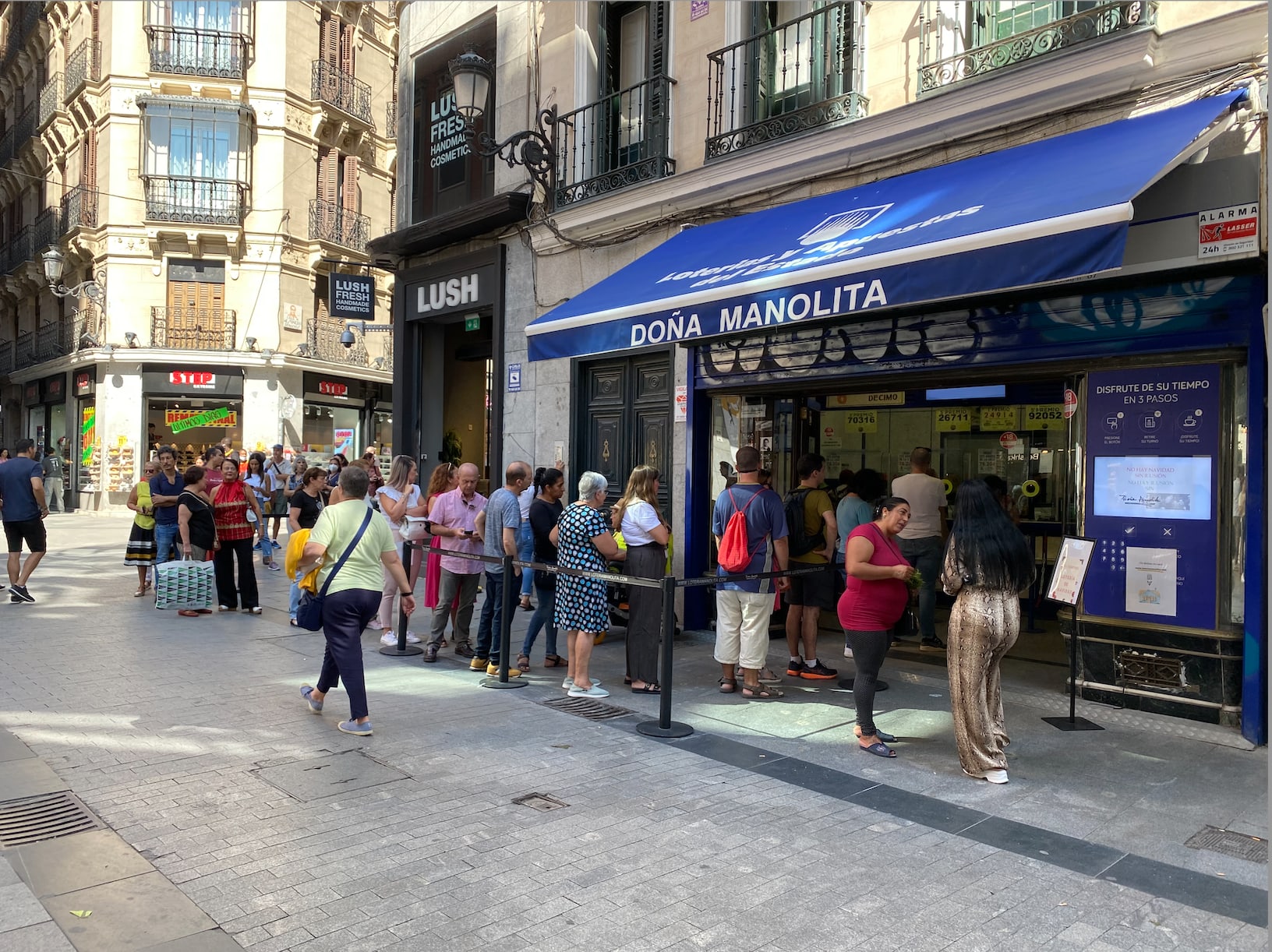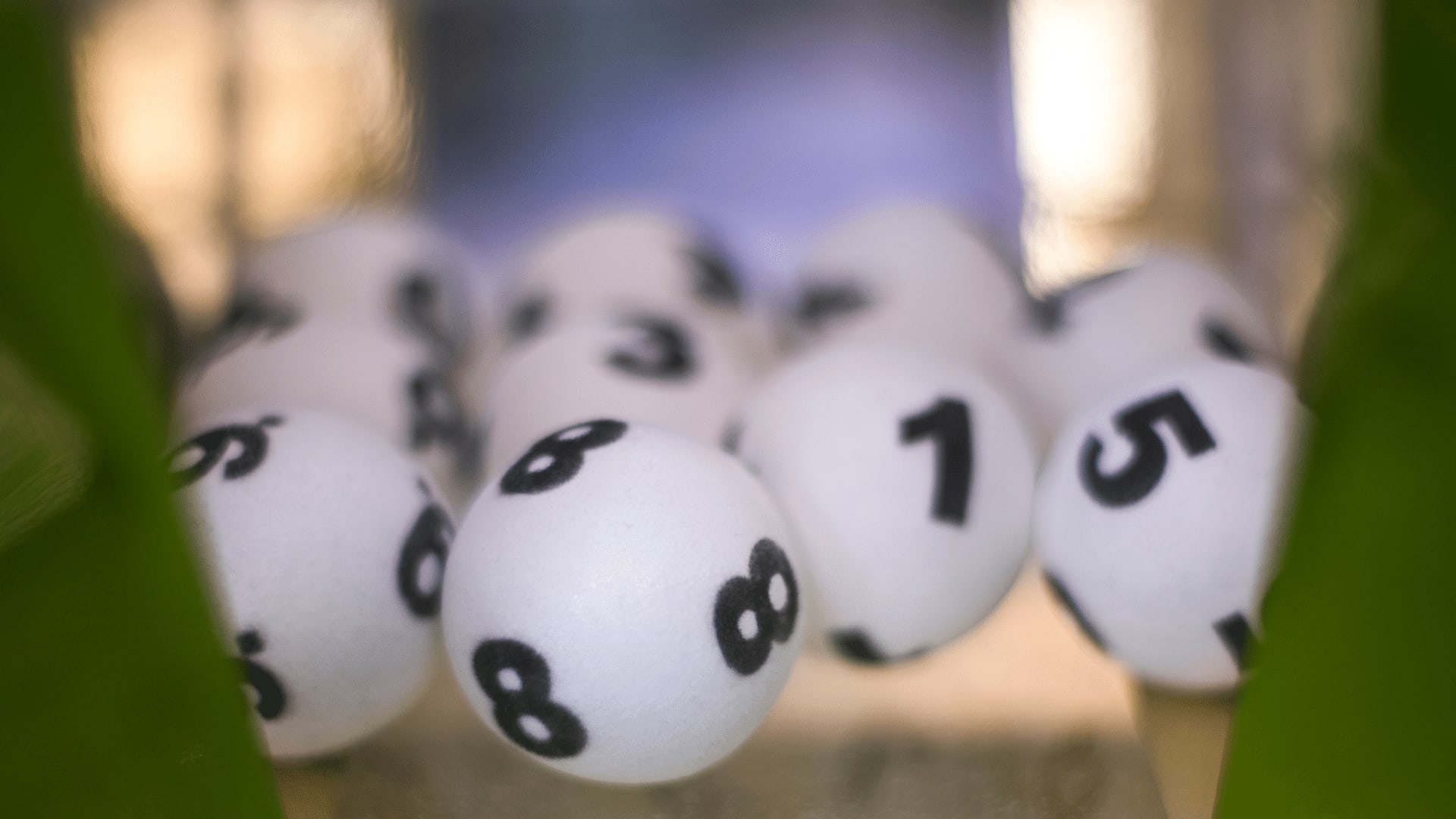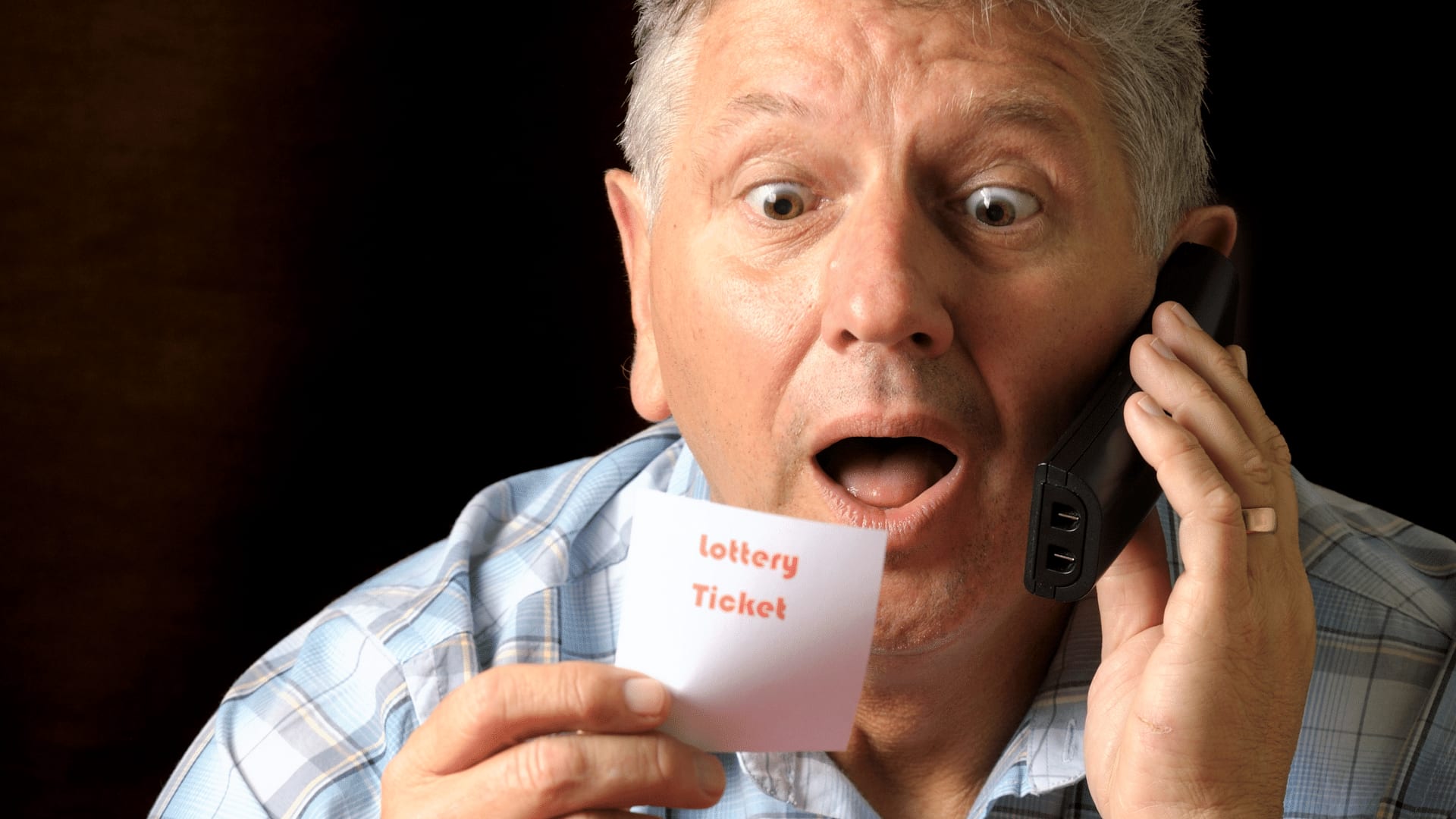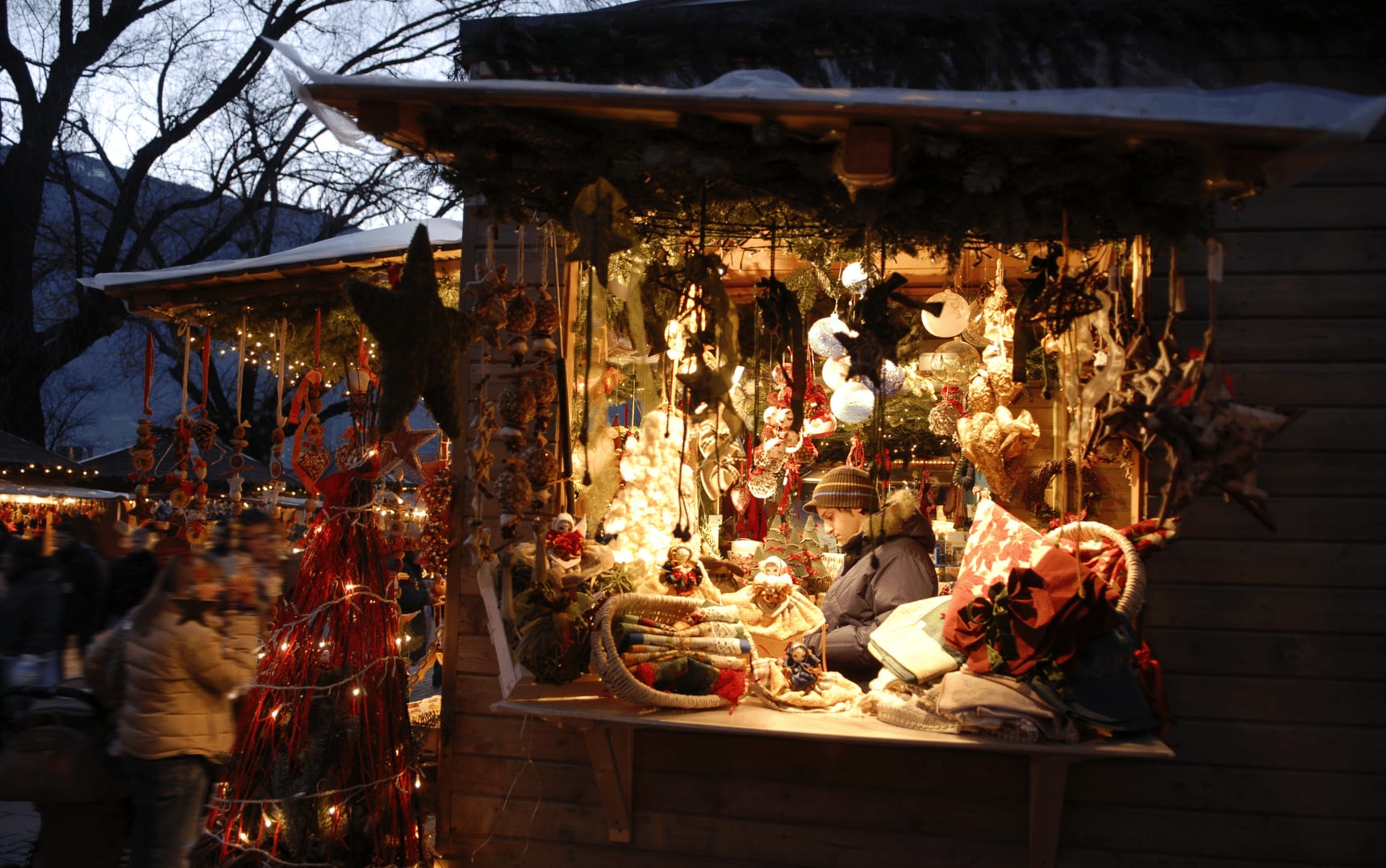Spanish Christmas Lottery and the Secret to Win “El Gordo”
September 26, 2022
Win a FREE Trip to Spain!
Exciting Announcement! For the first time, we're thrilled to offer exclusive trips to the heart of Spain - an experience like no other. This isn't your typical tourist journey; it's a unique opportunity to immerse yourself in authentic Spanish culture, alongside real locals and our passionate team.
But there's more! Simply by requesting information about this amazing trip, you'll be entered into a special draw to win a Fully Paid Trip to Spain for Two. And that's not all - everyone who inquires will receive an exclusive bonus gift, valued at $500, available only now.
Ready to Discover the Real Spain?Click Here ↑ to Request Information & Enter the Draw!
How bad would you want to become a millionaire? Some Spaniards believe that passing a tenth through a pregnant woman’s belly will make them win the most famous draw of all time!
Sounds weird… right? Wait until you discover everything about the Spanish Christmas Lottery: what is it about, where does it take place, how, and since when this tradition started.
The chances of winning the highest price are low but not impossible! (Spaniards have some secret tips to have more chances to win) This Christmas Tradition has become part of the Spanish Culture. It brings hope and expectations to many families and people around the country.
I’ll give you time to think of your lucky numbers afterward. First, let me introduce you to the biggest and most important draw of the year!!!
Table of Contents ▼ ▶
Update 2023: We decided that this was too good of a topic not to ask people on the street about it. And so we recorded a video where real spaniards talk about their most beloved Christmas traditions. Not surprisingly, the Christmas lottery was one of them!

1. What is the Spanish Christmas Lottery
The Spanish Christmas Lottery is the most remarkable and awaited draw run by the state-owned National lottery every December 22.
Well, let’s take a look at the total prize payout… The Spanish Christmas Lottery is considered the giant lottery draw worldwide. In 2017, they had 165 million pre-printed 20-cent tickets to sell. This means that the maximum amount available for all prizes would be 2.31 billion!!!!!
As holidays arrive and expectations flourish, everyone begins to attract good luck for the popular draw. (not that I’m a big fan of that concept of “luck”) but Spaniards often resort to rituals and traditions to get good luck and win the highest draw price.
Many believe passing the tenth through a pregnant woman’s belly brings good luck. Some are incredibly superstitious that they think entering the administration with the right foot will seriously help them win the highest price (that I still haven’t told you what it is about btw)

Others remain faithful to the same number year after year or spend the tenth on a bald man’s head, the back of a cat, or the back of a hunchback to get good luck!
I must say that traditions also change depending on the region in question. For example, in other parts of Spain, they tend to place the ticket near a virgin or a holy figure at home. Or just go to their lucky figurines, such as a sprig of parsley, a yellow candle, coins, a white or blue quote, a flowerpot, or anything synonymous with good fortune.
Finally, on December 22, the day of the draw and as a last effort, lottery players usually carry gold coins, a pin in their jacket, iron keys in their pocket, or a pendant of sentimental value to attract their desired fortune.
2. Origin of the Spanish Christmas Lottery
The Spanish Christmas Lottery originated from the War of Independence against Napoleonic troops. To finance military spending, Ciriaco González, Minister of the Council and Chamber of the Indies, created the Christmas Lottery in 1812. It was supposed to compensate for the war’s cost, which had plunged the country into a deep economic crisis.
There was a food shortage and a poor political situation, which could only be equilibrated with large quantities of money that people didn’t have by that time. This draw would “increase the income of the public treasury.”
The first Christmas Lottery draw took place on December 18, 1812, and the first winner was a Spaniard who won with the number 03604, for which he paid 40 “reales,” a total of 8,000 “reales.”
The draw initially took place in Cádiz and San Fernando. Later it was held in Ceuta and after throughout the Andalusian community.
After 2 years, the lottery arrived in Madrid in 1814, already with the system of drums and balls established a year earlier. Since then, the Special Christmas Lottery Draw has continued to be held annually.
3. Explaining the Spanish Christmas Lottery Draw

How does it work?
The particular Christmas draw is based on tickets that are called “billetes” with 5-digit numbers (from 00000 to 99999)
Since the system only produces 100,000 unique ticket numbers, each ticket number is printed multiple times in several series that can be identified by a series number. In this way, the organizers can sell more than 100,000 tickets each year.
For example, if they sell 170 series of 100,000, that means there are 17,000,000 tickets available at €200 each. (But not all people can afford to pay €200) Therefore, you can also buy a small fraction of €20. (known as as a tenth, one-tenth) Each tenth is entitled to 10% of any prize that the ticket has won!!!
So… Suppose all €3.4 billion tickets were sold, then €2.38 billion (70% of ticket sales) would be available for prizes. This lottery is designed to allow many people to win. Spaniards love this tradition and every year hope to win the biggest prize.
When does the draw take place?
The Spanish Christmas Lottery draw traditionally takes place on December 22. And the state’s national TV channels “Televisión Española” and “Radio Nacional de España” and other media outlets broadcast the entire draw. It is also live-streamed so that everyone over the nation can get the results.
People who attend the draw may wear extravagant lottery-related clothing and hats. In the past, it took place in the National Lottery hall in Madrid. In 2011, at the Palacio Municipal de Congresos de Madrid and since 2012 in Teatro Real in Madrid.
Let’s get into detail: For the moment of the draw, they use 2 large spherical cages. The largest one contains 100,000 small wooden balls, each with a unique 5-digit ticket number, from 00000 to 99999. The smaller cage has 1,807 small wooden balls, each one representing a prize written in Euros:
1 ball for the 1st prize, called El Gordo. 1 ball for the 2nd prize. 1 ball for the 3rd prize. 2 balls for the 4th prize. 8 balls for the 5th prize.
And 1,794 balls for the minor prizes, called la Pedrea, which literally means: “The pebble-avalanche.”
They show the numbers to the public before throwing them into the vessels for everyone to check that the balls with their numbers are not missing.
As the drawing goes on, one single ball is extracted from each of the revolving orbs at the same time. Just like a raffle.
Then, one child sings the winning number, and another sings the corresponding prize. And this is repeated until the smaller cage (the prize balls) empties.
Yes… this procedure takes many hours due to the number of prizes. Those children work about eight to nine shifts!
It is iconic during the draw that both children make a dramatic pause when a significant prize is drawn. After, they sing the prize and ticket number multiple times, show the balls to a committee, and then to a camera. Where it is broadcasted live for everyone to see!

Where do they sell the tickets?
Tickets are officially sold in official lottery shops nationwide and by licensed (and unlicensed) sellers on the street.
Frequently, a shop will sell a ticket number in all series, meaning all the ticket winners will have purchased their tickets in that location.
Yes… this sometimes leads to a small village full of grand prize winners. (which allows room for another superstition: passing the tenth in the city or town that won the year before to get good luck)
On a personal basis, or through associations, charities, workplaces, sports teams, cafes, shops, and other organizations, it is also possible to buy or be given a fraction of a tenth (one-tenth ticket)
Many organizations buy tenths, divide them into shares, and sell them to the public, colleagues, or members of an association. You can get a personal ticket through associations, charities, workplaces, sports teams, cafes, shops, and other organizations. It is also possible to buy or be given a fraction of a tenth (one-tenth ticket)
4. “El Gordo”

“El Gordo” is the Spanish Christmas Lottery first and biggest price.
Last year, 2021, the number 86,148was the winner of “El Gordo de Navidad," the first prize of the 2021 Spanish Christmas Lottery draw.
The lucky holders of the number 86,148 have won 400,000 euros per each 20-euro fraction (décimos, in Spanish) of the number.
Last year, 2021, the number 86,148 was the winner of “El Gordo de Navidad," the first prize of the 2021 Spanish Christmas Lottery draw.
The lucky holders of the number 86,148 have won 400,000 euros per each 20-euro fraction (décimos, in Spanish) of the number.
Some fun facts:
- Some superstitious people believe some balls weigh more than others, like the number “8.” Therefore, they are more likely to be in the lower part of the cage and be selected! However, A laser is used to put the numbers on wooden balls to avoid any difference in weight between them.
- There’s a popular Spanish Christmas Movie about a couple who thought had won the biggest prize, BUT DIDN’T!!! What else could be worse than this?
- Chances of getting “El Gordo” are decreasing yearly from 5.68 %to 5.3% because the number of participants is increasing, according to the CEU San Pablo University.
- The winner number of the prize has been repeated twice in history! In 1903 and 2006, and in 1956 and 1978! What are the odds?
Spanish Christmas Lottery is a famous Christmas tradition that most Spaniards believe bring good luck to the new year that’s coming!!











